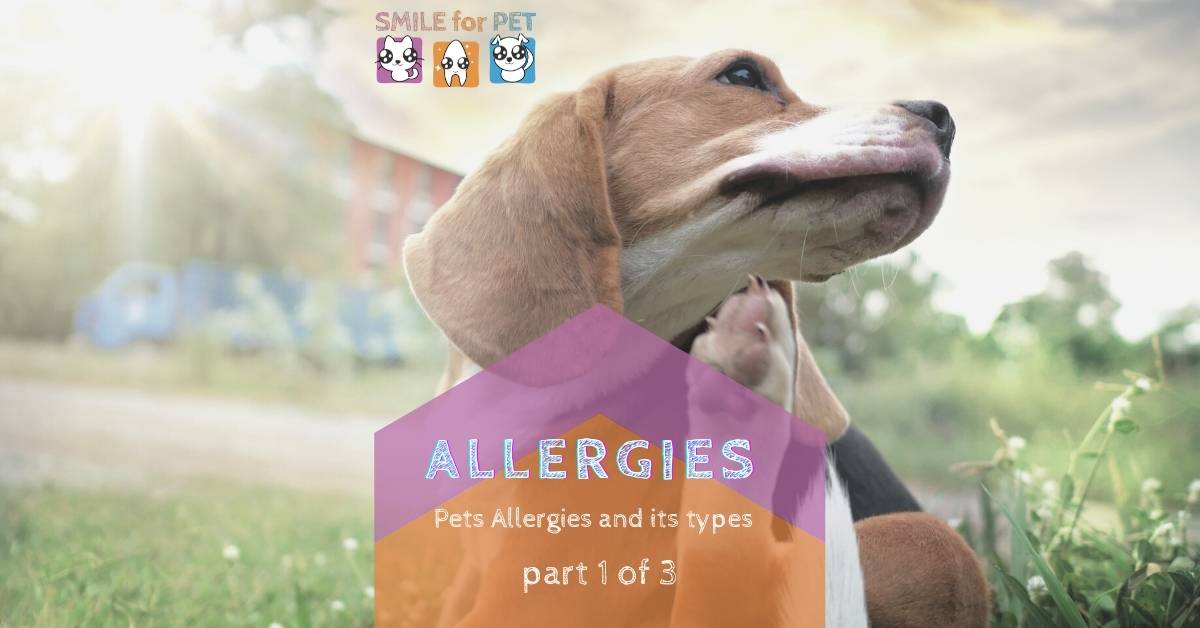Part 1 of 3
We can hardly divulge a secret if we say there is a fashion for illness. Allergies of different kinds are the one that is popular. the one Like any “popular” thing in general, it arises according to its internal laws, and veterinarians unconsciously or consciously “play along” with their patients.
One of the currently widespread “fashion” diseases in both people and their four-legged friends is allergies, in our case Pets Allergies.
Undoubtedly, everyday registration vet-tech all over New England hears the exact phrase from the pet’s owners: “We developed an allergy to…”. You can only wonder why they went to the vets’ office if they already knew everything beforehand. As a rule, the conversation is about food allergies, with a long list of various branded foods, the change of which, uh, did not give the owners of the dog or cat the desired result.
What are Pets Allergies?
What are allergies, and is it so common in veterinary practice?
Allergy (Greek alios – other and ergon – action) is a peculiar hypersensitivity of the body; an excessive immune response to an exogenous substance – an allergen. One of the necessary conditions for the existence of any organism is to maintain the constancy of its internal composition. Any foreign substances capable of disturbing this constancy are removed or inactivated in one way or another.
Genetic defect in Pets Allergies
At the same time, in several cases, the immune response to the appearance of foreign substances in the body turns out to be inadequately expressed, with an apparent hereditary predisposition. Maybe it is associated with a genetic defect transmitted to the next generations. In contrast to the usual protective reactions to foreign antigens, allergic reactions cause tissue damage.
According to the currently accepted classification, allergens are divided into two groups:
- Non-infectious – pollen, household, food, insect, medicinal, industrial pollution allergies
- Infectious – components of bacteria, fungus, viruses
A certain stage of formation is mandatory for all allergic diseases – the stage of sensitization with the formation of allergic antibodies or sensitized lymphocytes is followed by the stage of clinical manifestations.
According to Coombs, P.R. and Gell, P.G. (1968) Classification of Allergic Reactions Responsible for Clinical Hypersensitivity and Disease. In: Gell, R.R., Ed., Clinical Aspects of Immunology, Oxford University Press, Oxford, 575-59
Types of allergic reactions
Depending on the mechanism of tissue damage, veterinarians may distinguish the following types of Pets Allergies reactions.
A particular stage of formation is mandatory for all allergic diseases – the set of sensitizations with the appearance of allergic antibodies; or sensitized lymphocytes is followed by the location of clinical manifestations.
- Part 2: Dermatitis
- Part 3: Universal treatment of dog allergies

